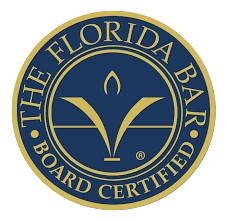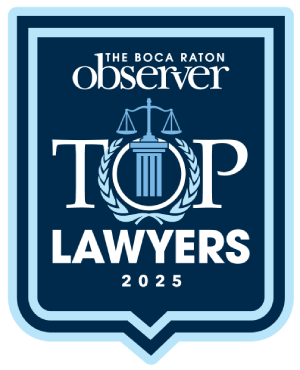Your child turns 16. She passes her driver’s test and receives a car for her birthday. Before you hand over the keys, are both you and your new driver aware of the safety risks she will face as a teen on the road?
In October 2007, after several serious auto accidents involving Pennsylvania high school students, Congressman Charlie Dent and Senator Bob Casey, alongside 50 co-sponsors, created the first National Teen Driver Safety Week (NTDSW), to raise awareness of the dangers teens face on the road, as well as a collision prevention method with hopes of creating a positive solution. Now, bolstered by the support of the surrounding communities, and then states, National Teen Driver Safety Week occurs annually during October throughout the United States. This year National Teen Driver Safety Week runs from October 21st – 27th.
According to the National Highway Traffic Safety Administration (NHTSA), in 2016, research revealed that 31% of teen driver fatalities were caused due to speeding, 2,082 drivers involved in fatal auto accidents were teens, and 20% of the fatal crashes with a teen driver involved the use of alcohol. In addition, studies have shown that most automobile accidents with drivers aged 15-20 faced fatalities due to the following reasons:
- Inexperience and immaturity
- Driving while under the influence of drugs and/or alcohol
- Drivers and/or passengers not wearing their seatbelts
- Drowsiness when driving, and
- Careless nighttime driving
Teen drivers are known for driving faster than the speed limit allows; whether that is due to inexperience, ignoring the law, or by being uneducated. Parents can teach their teens how to watch for speed signs and what purpose they serve. Many forget to educate and stress the importance of adjusting driving speed during challenging weather conditions and time of day.
Distractions while driving are sometimes overlooked by teens, as they may feel that the road has their full concentration. Such distractions are sometimes caused by peer pressure from passengers in the vehicle like raising the volume of the radio. As technology advances, the dependency of cellular devices is growing, and teens have a hard time adjusting to the lack of attention they can give to their phones while driving. Distractions may also cause teen drivers to forget important rules while driving, such as wearing their seatbelt. Parents can limit the number of passengers allowed in the vehicle to reduce distractions, as well as prohibit the use of any electronic devices, and require that their teen wears their seatbelt at all times.
Many teens are not taught how to be on the lookout for dangers that are ahead of them and scope out potential safety hazards. Teach your teens how to pay attention to their surroundings closely, and build a habit of scanning the road ahead so they become a proactive driver and react with an ample amount of time to avoid an accident.
Many times, teens feel they are invincible, especially behind the wheel. The feeling of immunity towards catastrophic injuries, often times resulting in fatalities, leads teens to engage in behavior that they already may know is illegal. Reinforce to your children that it is illegal to drink under the age of 21, but that it is illegal to drink and drive at any age.
Parents are usually the primary and most influential role models in their teens’ lives. Parents teach right from wrong, how to tie their shoes, and how to drive a car. Positive reinforcement, as opposed to “scaring teens straight”, has been proven to be a more effective approach to portraying messages to children in their teen years. They will often recreate the actions that they see, so it is encouraged that parents lead by example by not using electronic devices, wearing seatbelts, and not driving while under the influence. These are small steps that can help change the community, one safe teen driver at a time.
If you’ve been injured in an accident, call Rader Law Group at (954) 913-CASE (2273) or visit us at www.RaderLawGroup.com. We’re happy to answer your questions and the consultation is free.











